Back to Research & design
Service blueprint templates
Transform your service design and delight customers with our intuitive service blueprint templates. Tailored for business analysts, service designers, and process managers, these templates offer a robust structure to visualize and streamline every component of your service delivery. Use our templates to identify essential touchpoints, support processes, and opportunities for refinement, ensuring a smooth and enjoyable customer journey. Explore our service blueprint examples to discover how you can foster consistency and efficiency, culminating in an outstanding customer experience.
48 templates
Service Blueprint Template
5 likes281 uses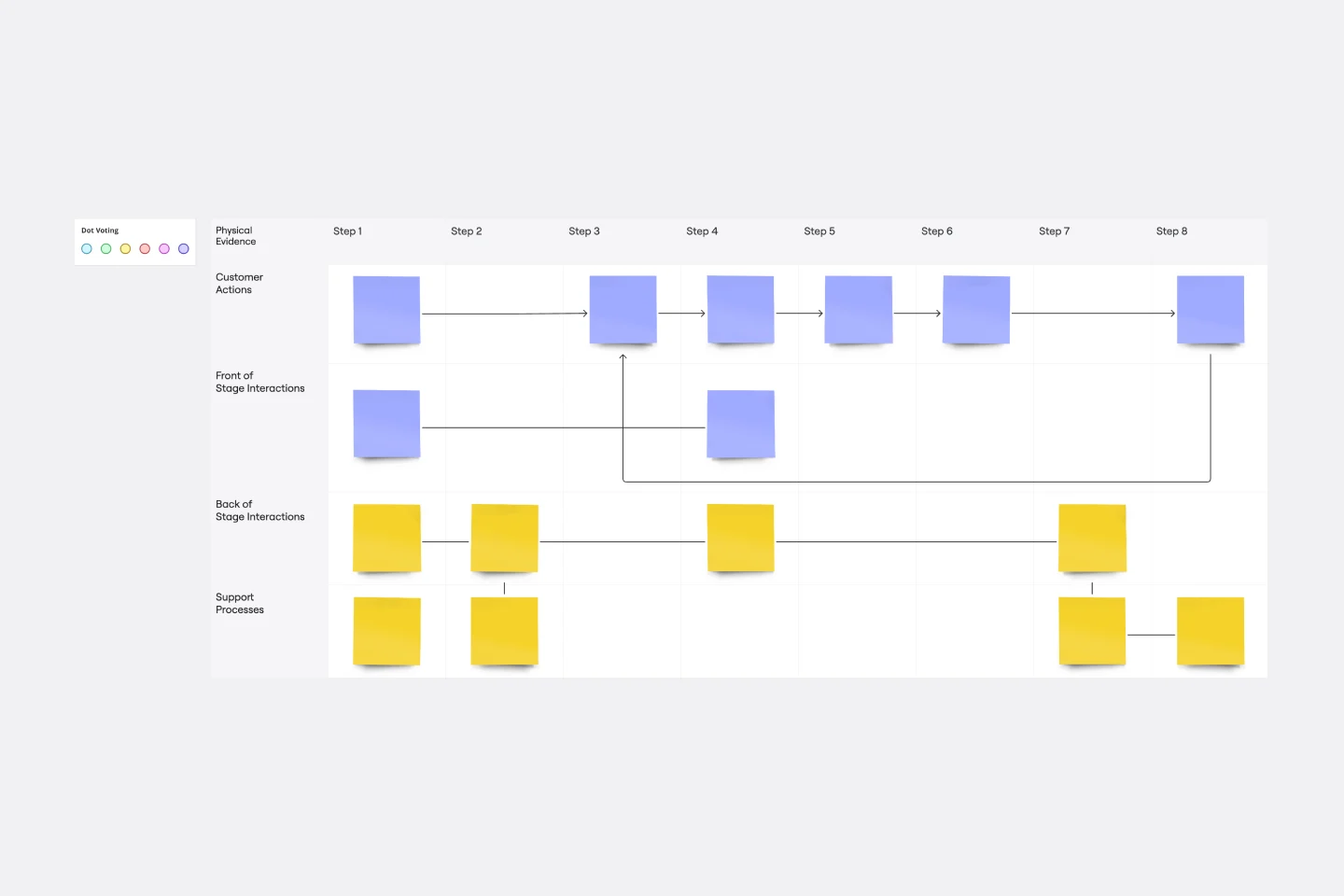
IASA - Service Blueprint Canvas
16 likes137 uses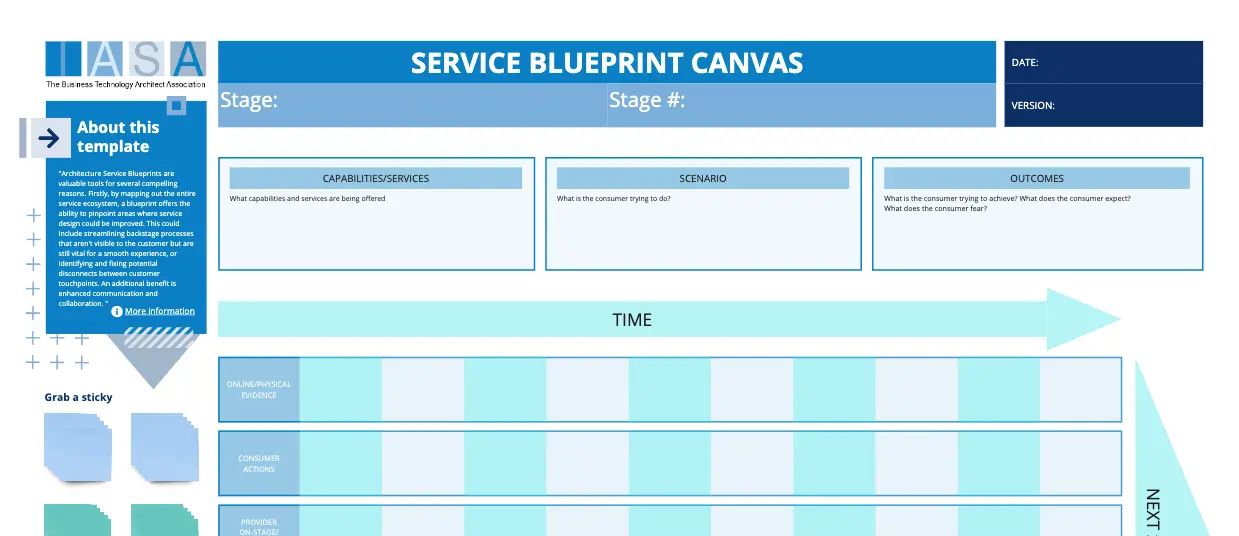
Service Blueprint With AI
135 likes540 uses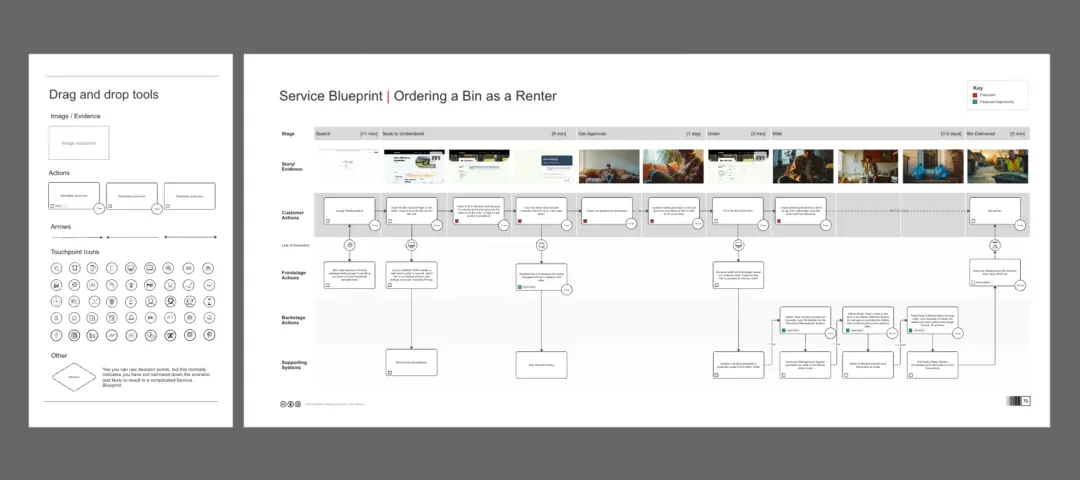
Service Blueprinting Workshop
442 likes3.4K uses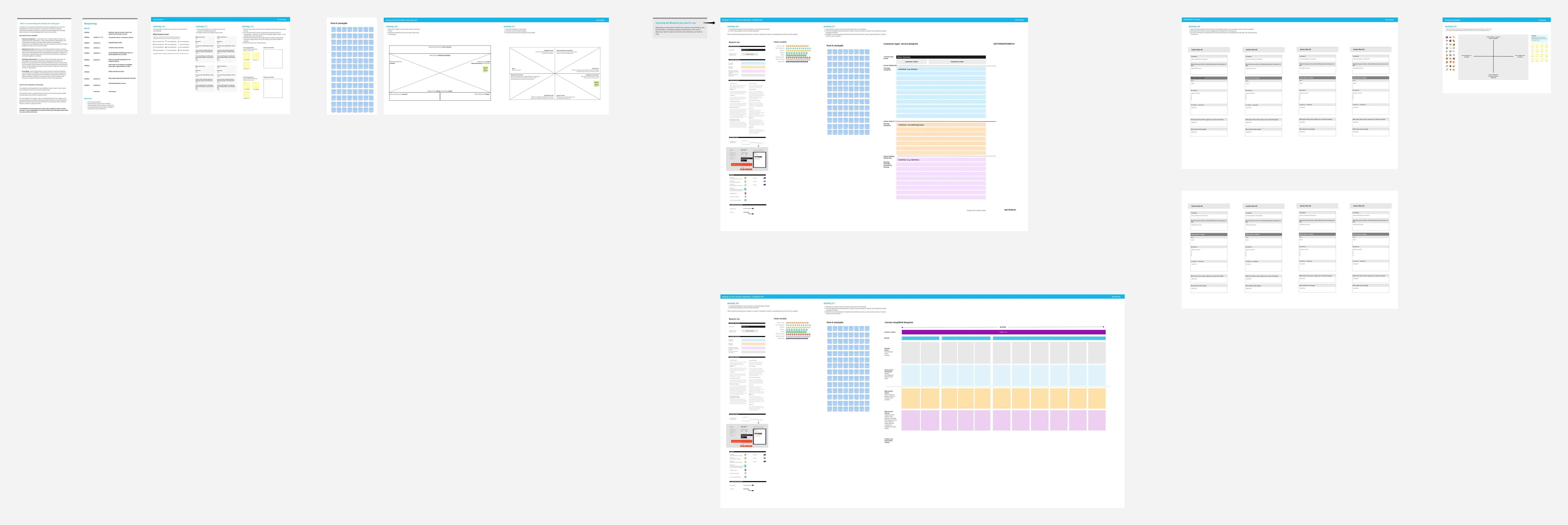
5E Service Blueprint
40 likes310 uses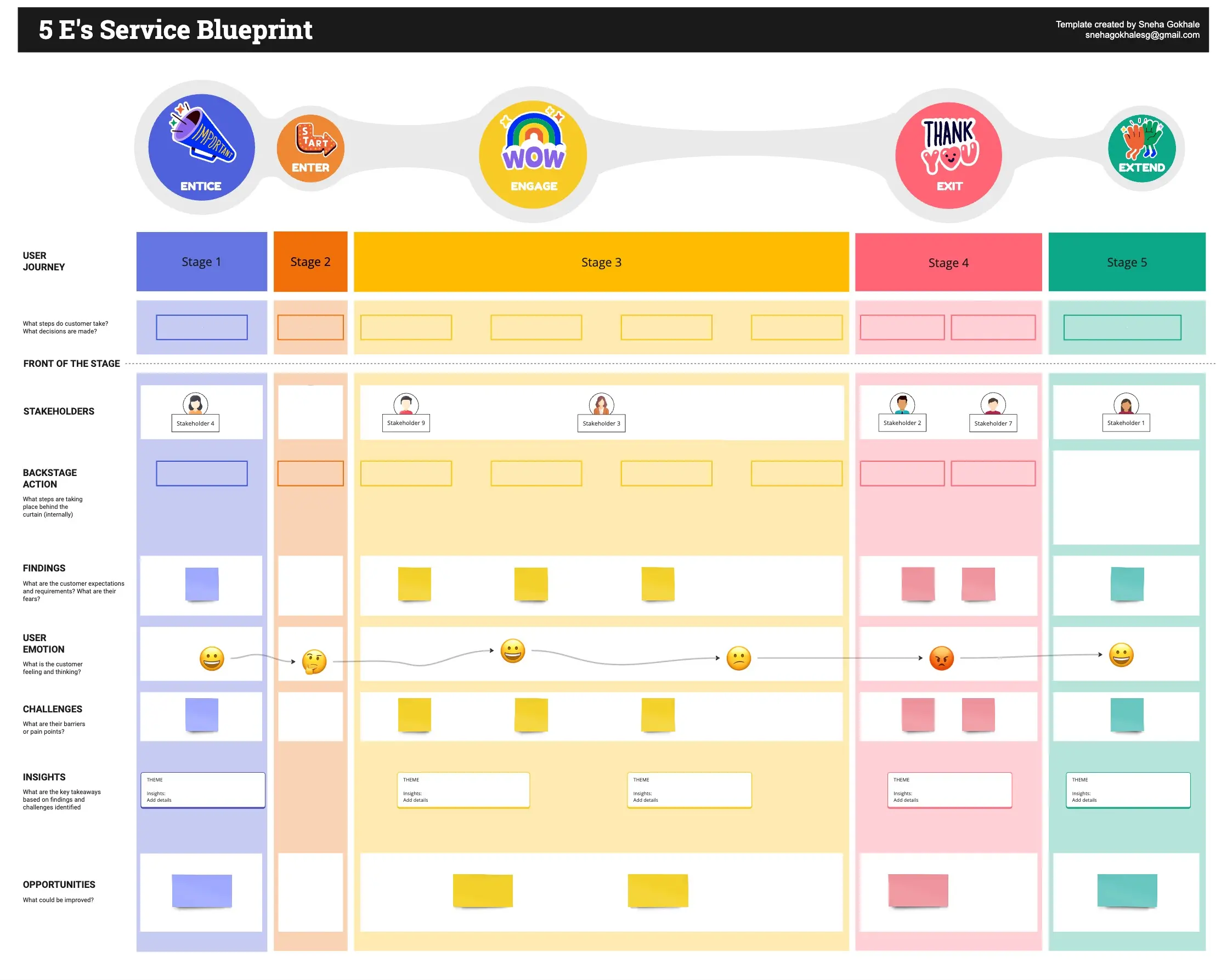
Service Blueprinting Workshop
442 likes3.4K uses
Service Blueprint to connect journey & operations
1.2K likes5.5K uses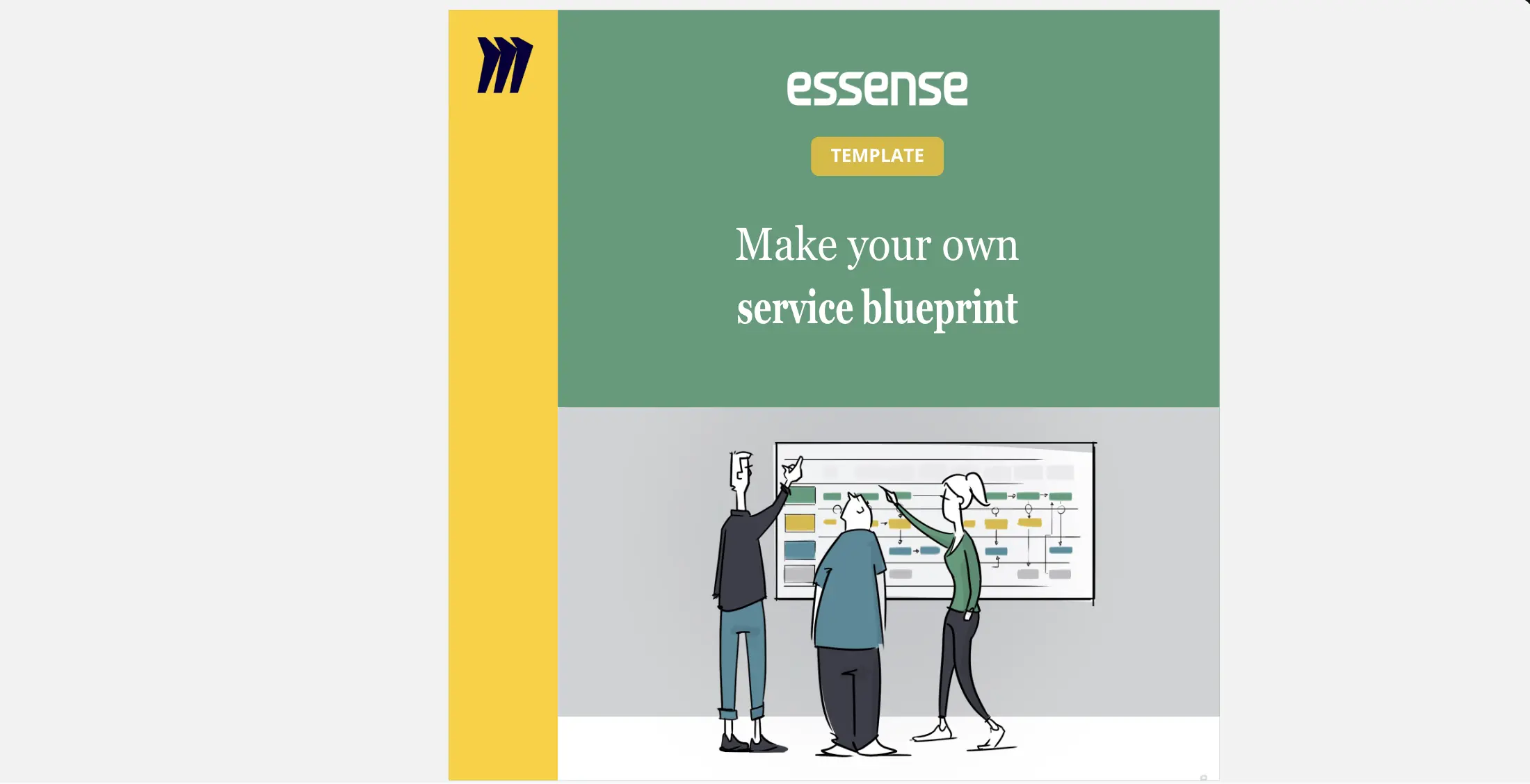
Service Blueprint Template
1K likes3.8K uses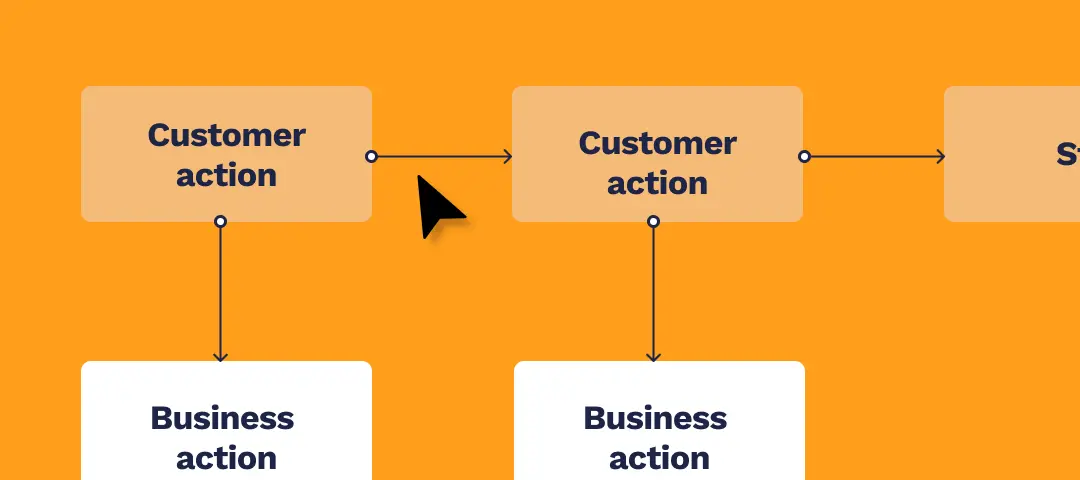
Service Blueprinting Workshop
442 likes3.4K uses
Service Blueprint
318 likes2.2K uses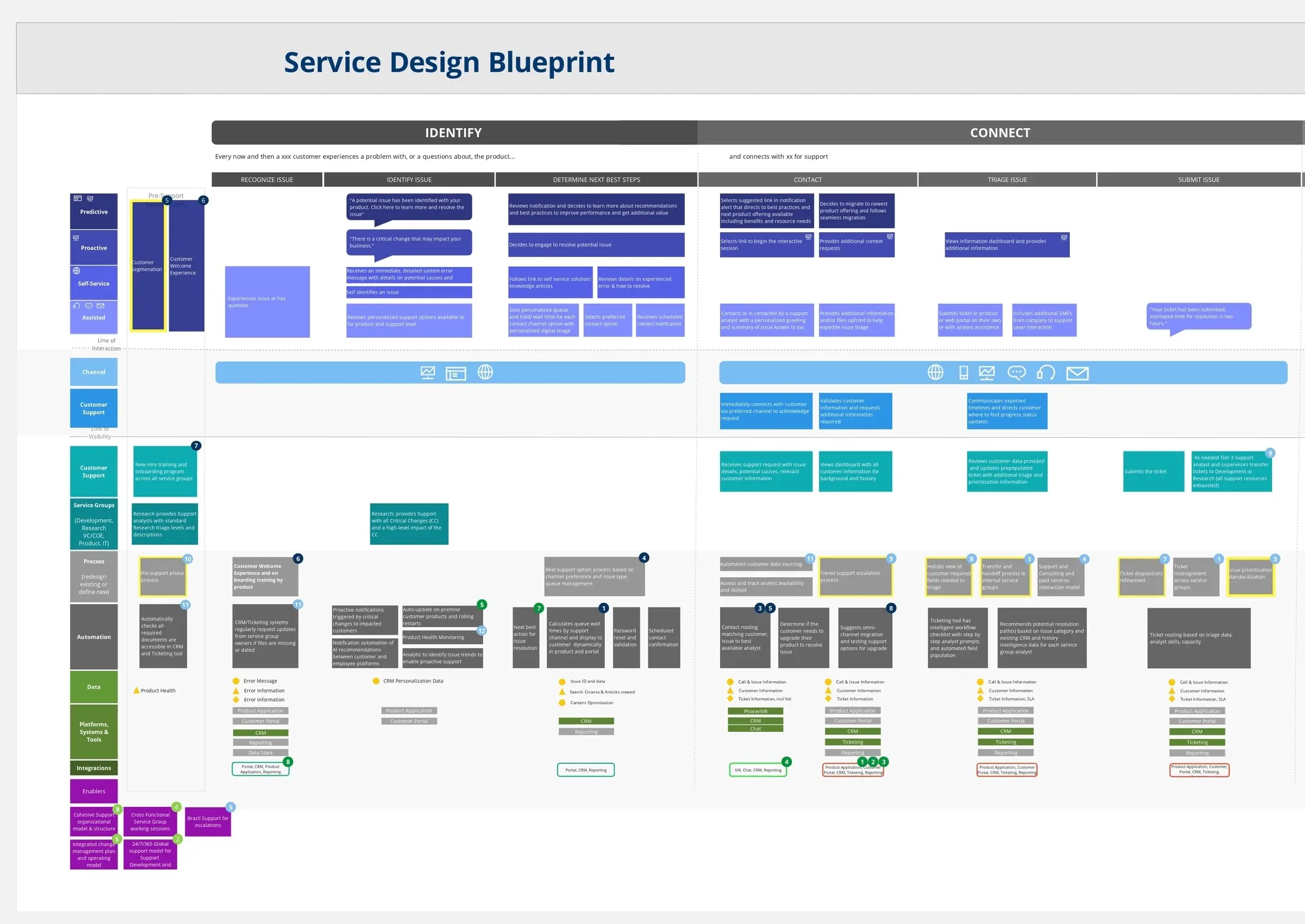
Service blueprint
203 likes1.9K uses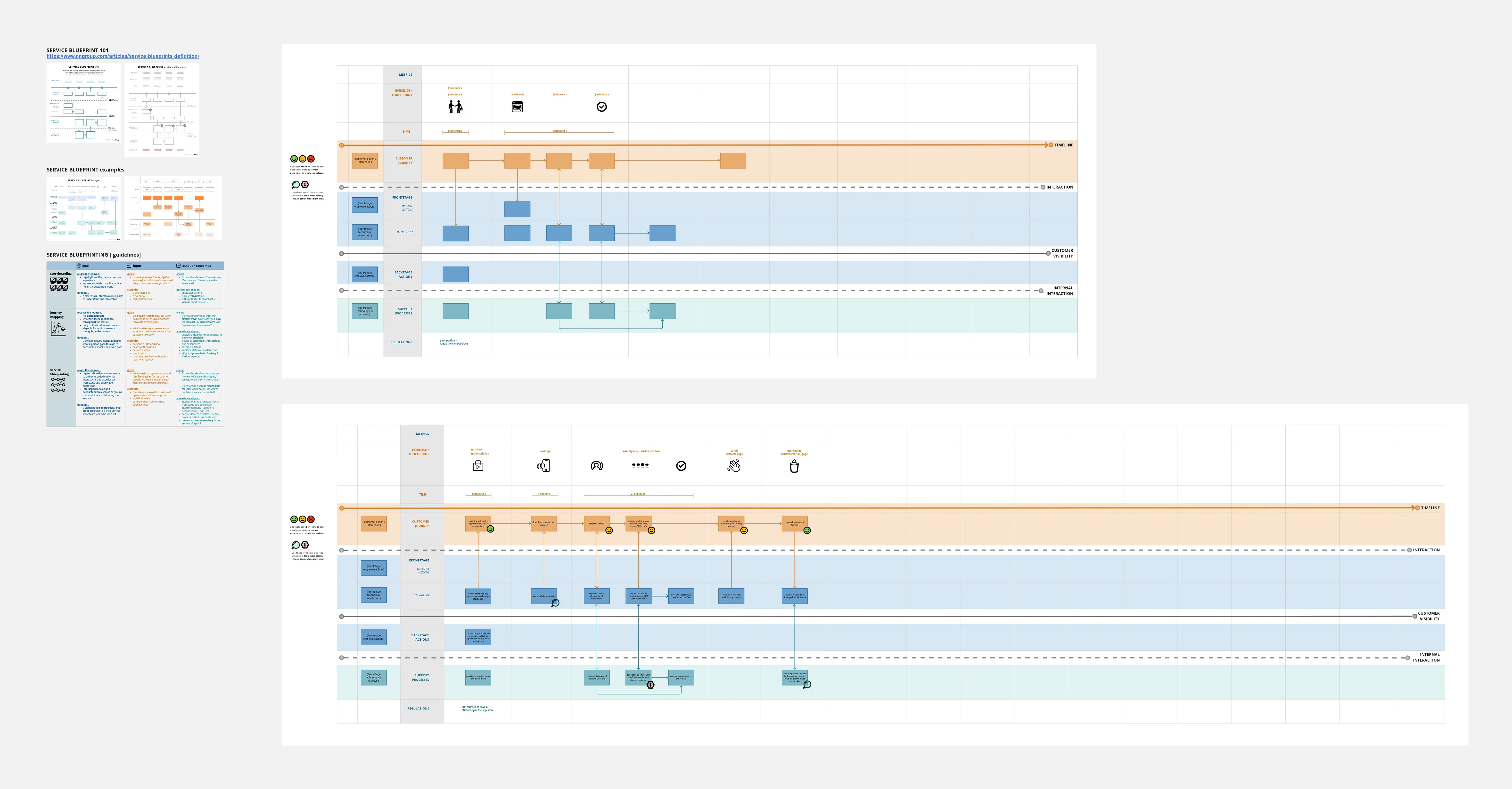
Service Blueprint
313 likes1.7K uses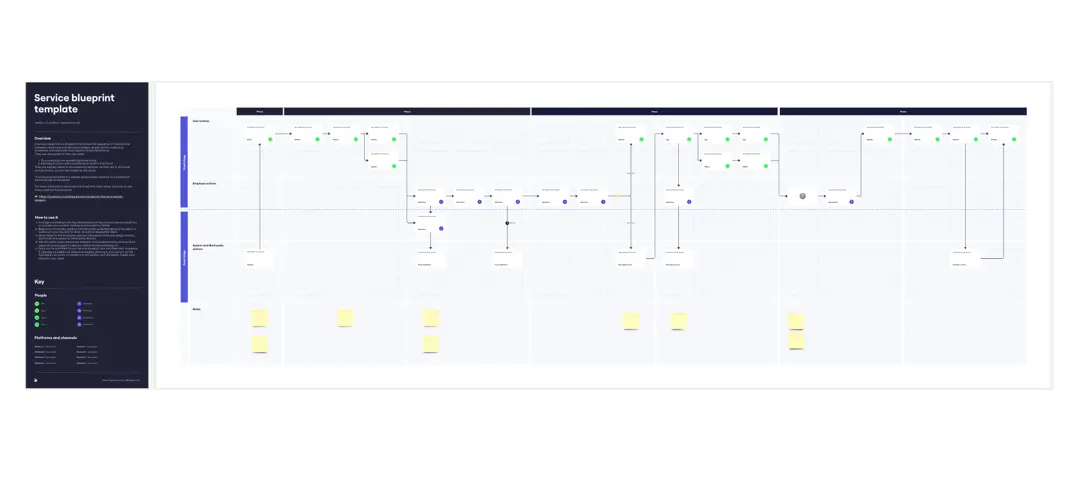
Service Blueprint
162 likes743 uses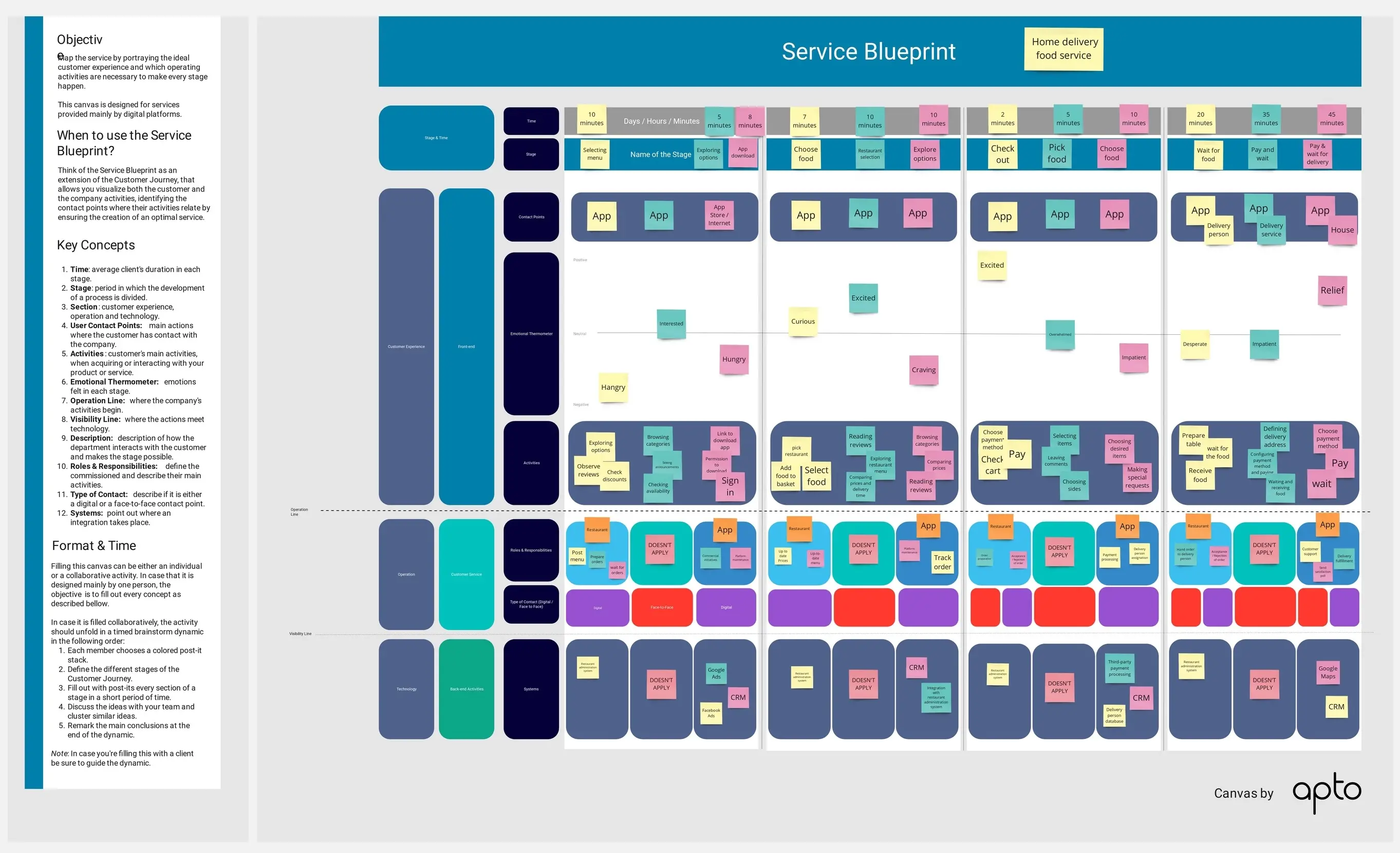
Service Blueprint Workshop
117 likes620 uses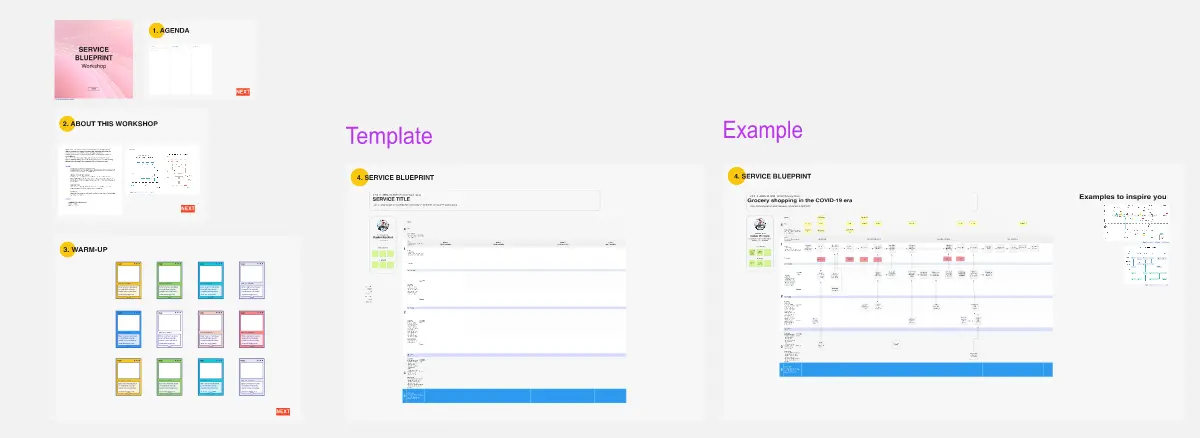
Service Blueprint With AI
135 likes540 uses
Service Blueprint
75 likes528 uses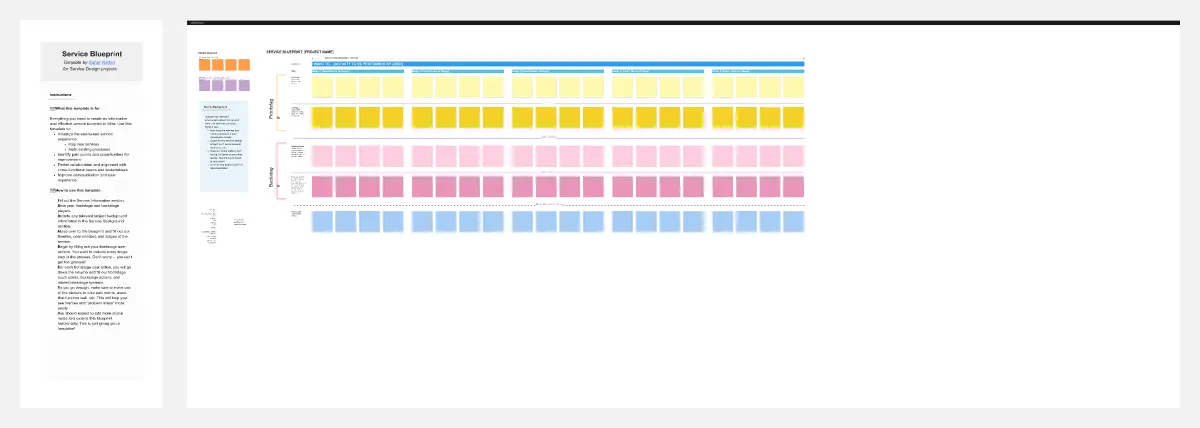
5E Service Blueprint
40 likes310 uses
Omnichannel Blueprint
49 likes303 uses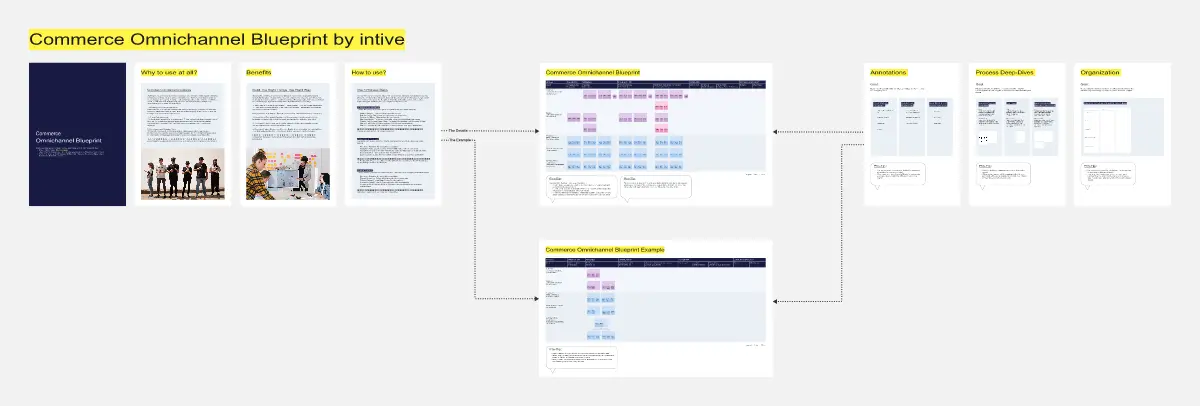
Service Blueprint Template
5 likes281 uses
Service Blueprint to the Metaverse
50 likes253 uses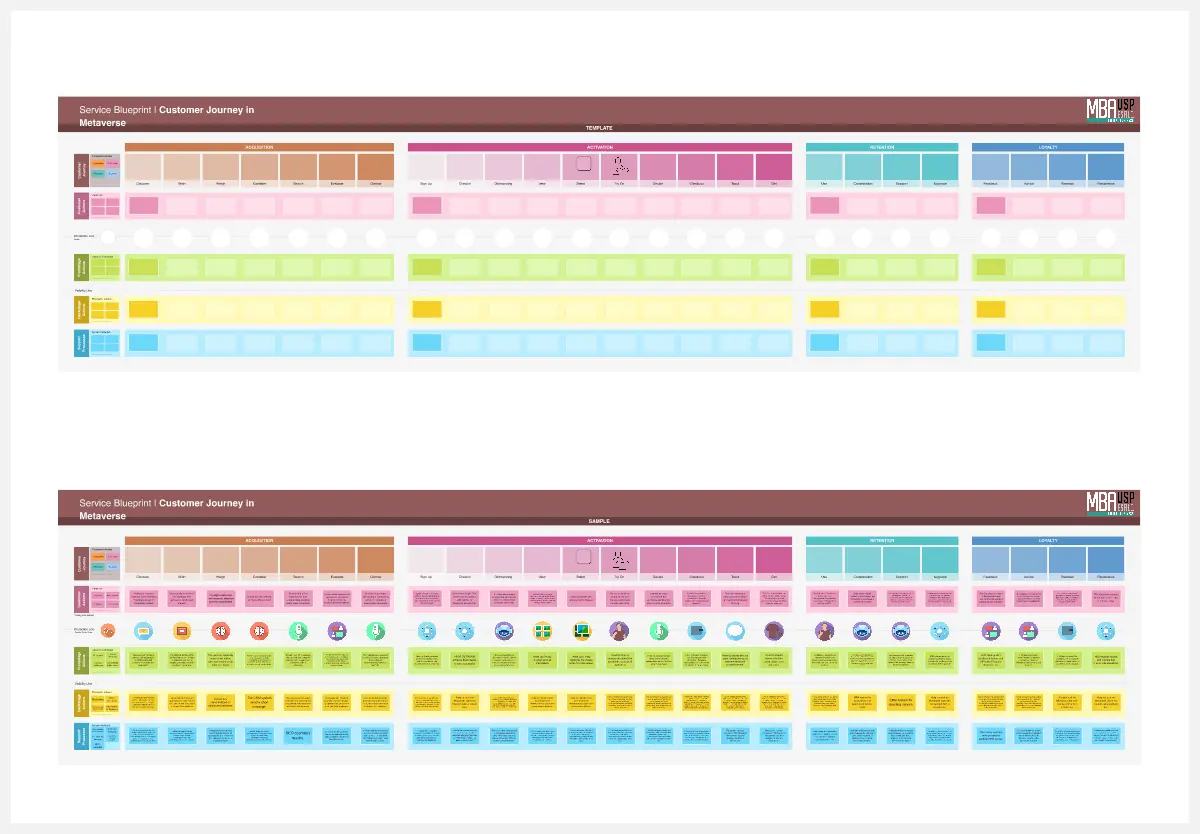
Service Blueprint
68 likes240 uses
Adaptive Website Blueprint
32 likes215 uses
Policy Blueprinting - Framework
18 likes191 uses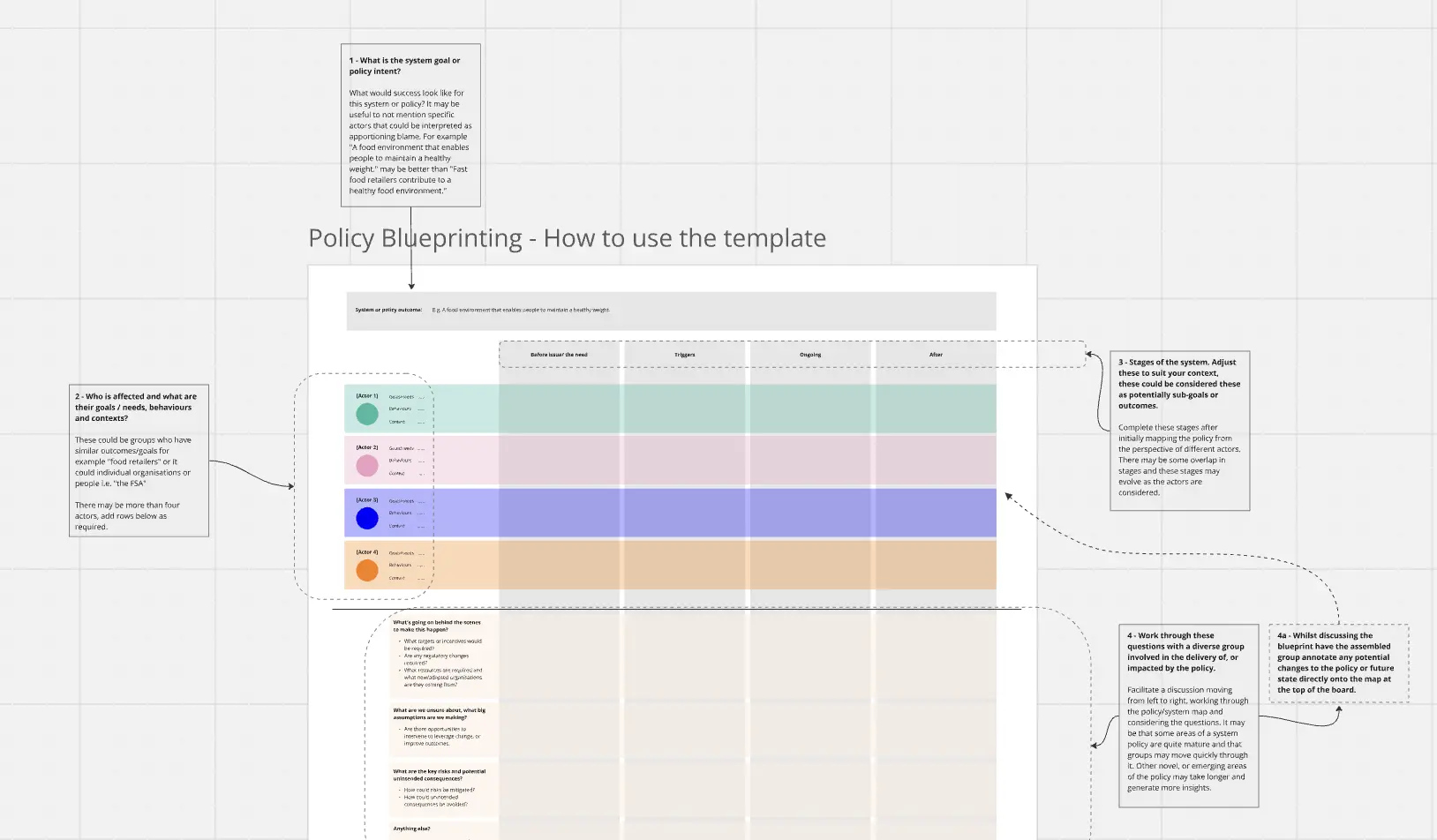
AI Reinvention Blueprint
52 likes185 uses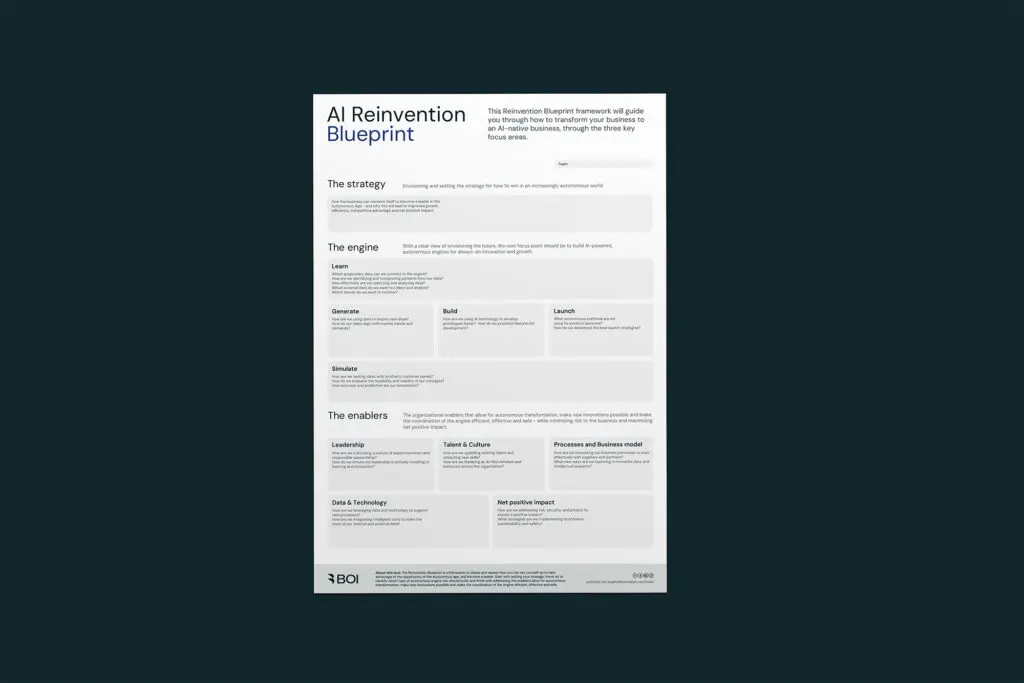
IASA - Service Blueprint Canvas
16 likes137 uses
UX Blueprint
18 likes115 uses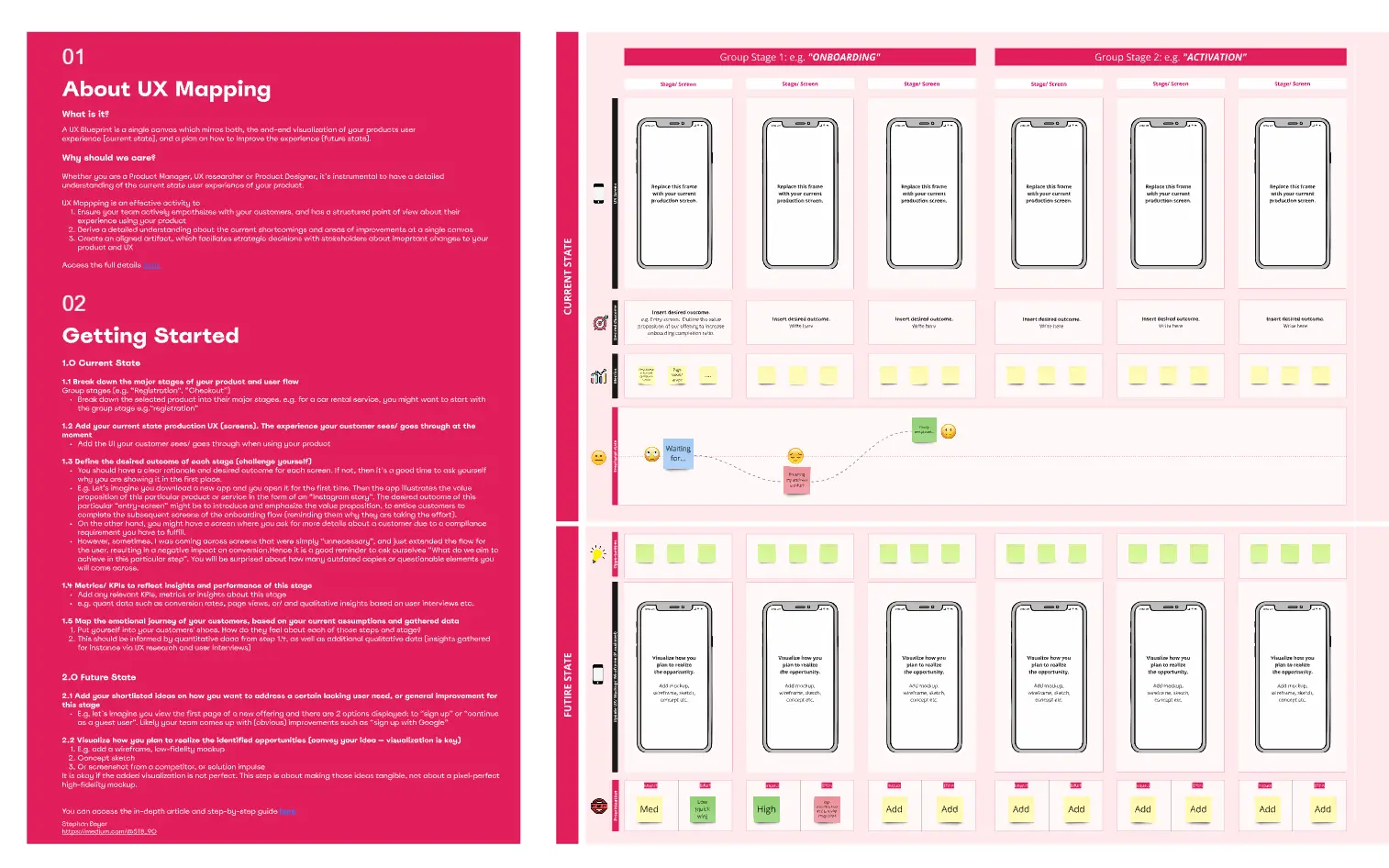
Service Journey Transformation Template
32 likes114 uses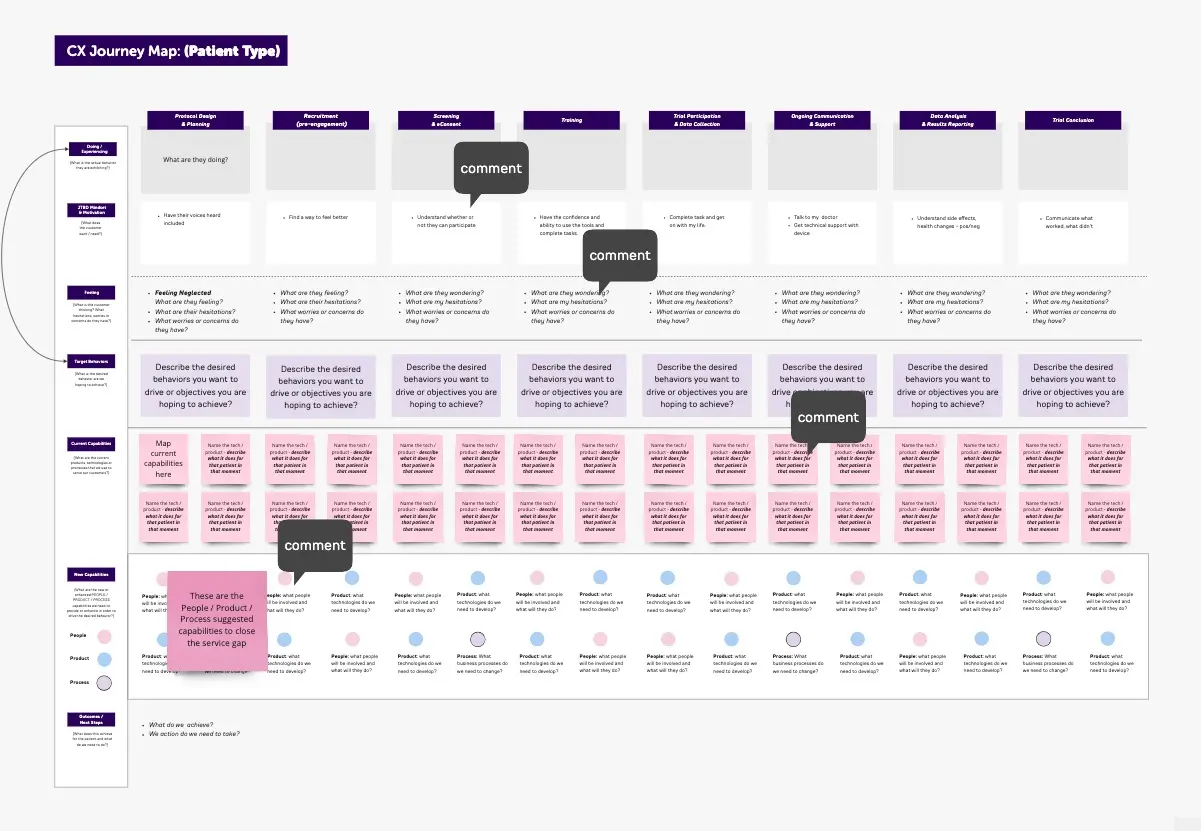
Epic Journey Map x Experience Blueprint
17 likes90 uses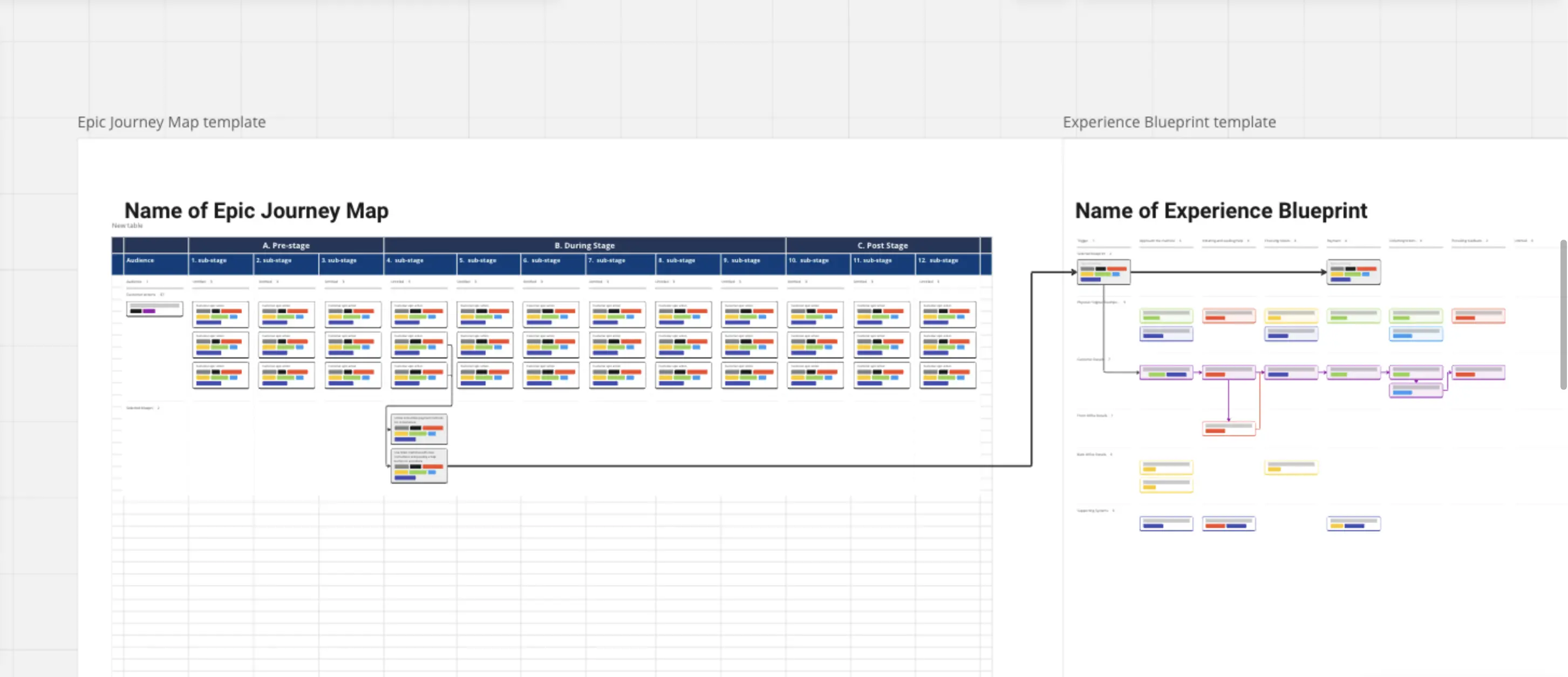
Service Experience Observation Sheet
33 likes90 uses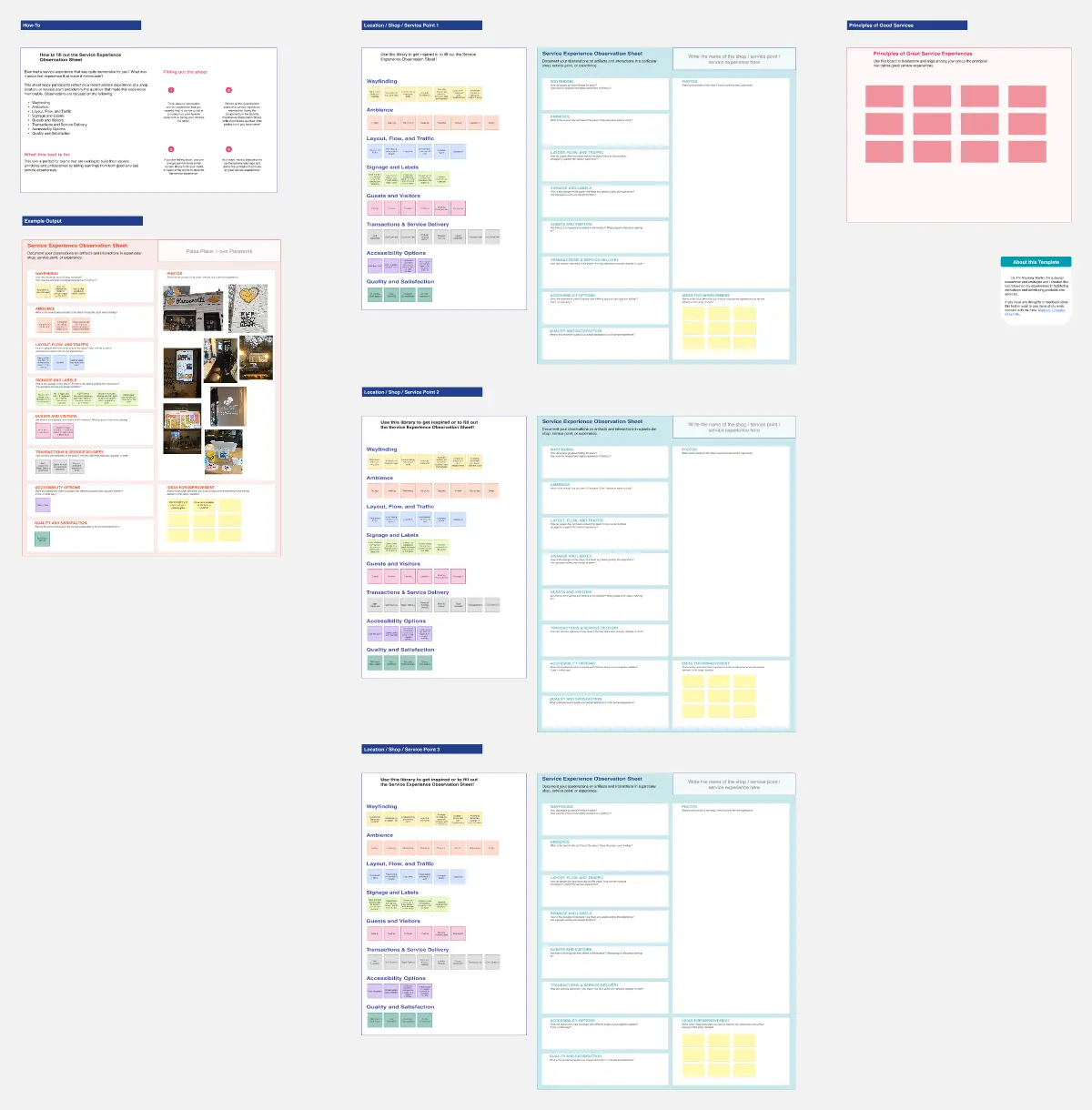
Mentorship Blueprint
6 likes73 uses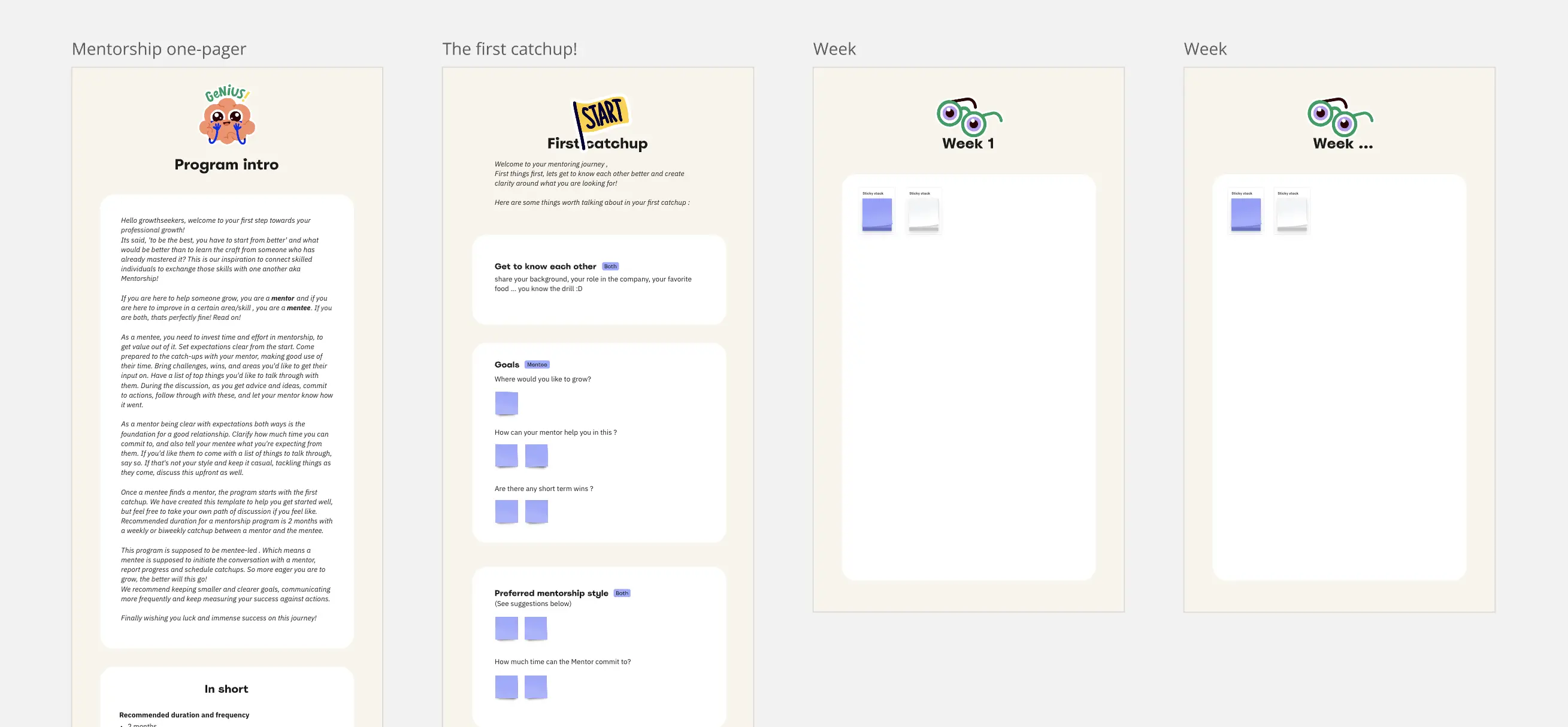
Relationships Blueprint
22 likes71 uses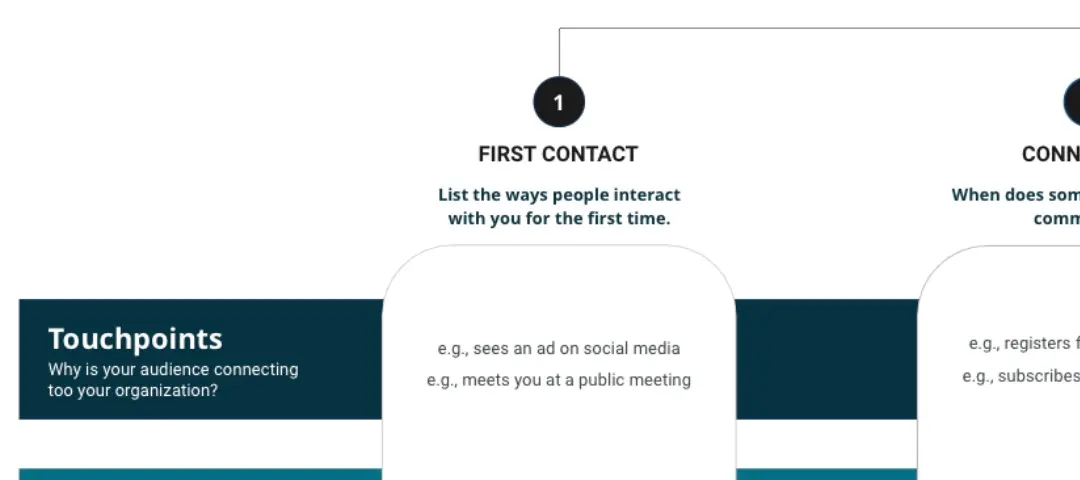
Expanded Service Blueprint
19 likes71 uses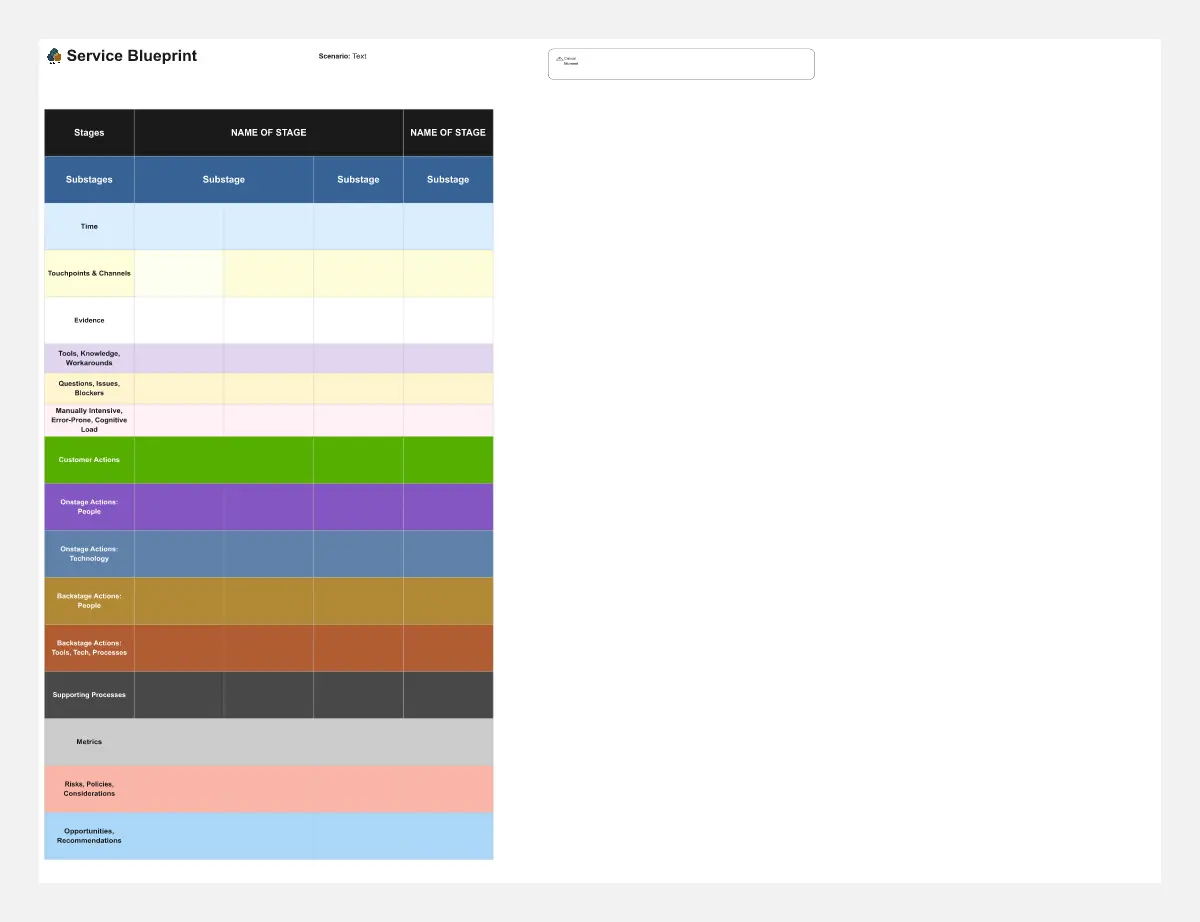
Online Course Startup Blueprint
21 likes67 uses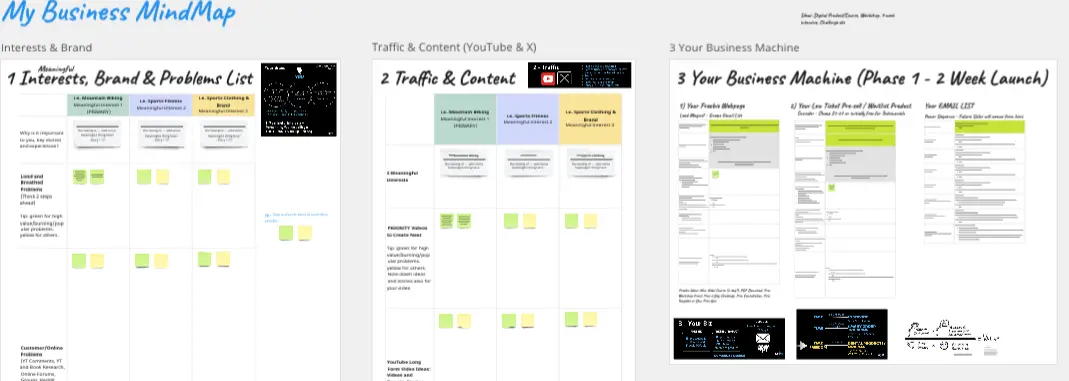
Service Blueprint for Financial Services
16 likes57 uses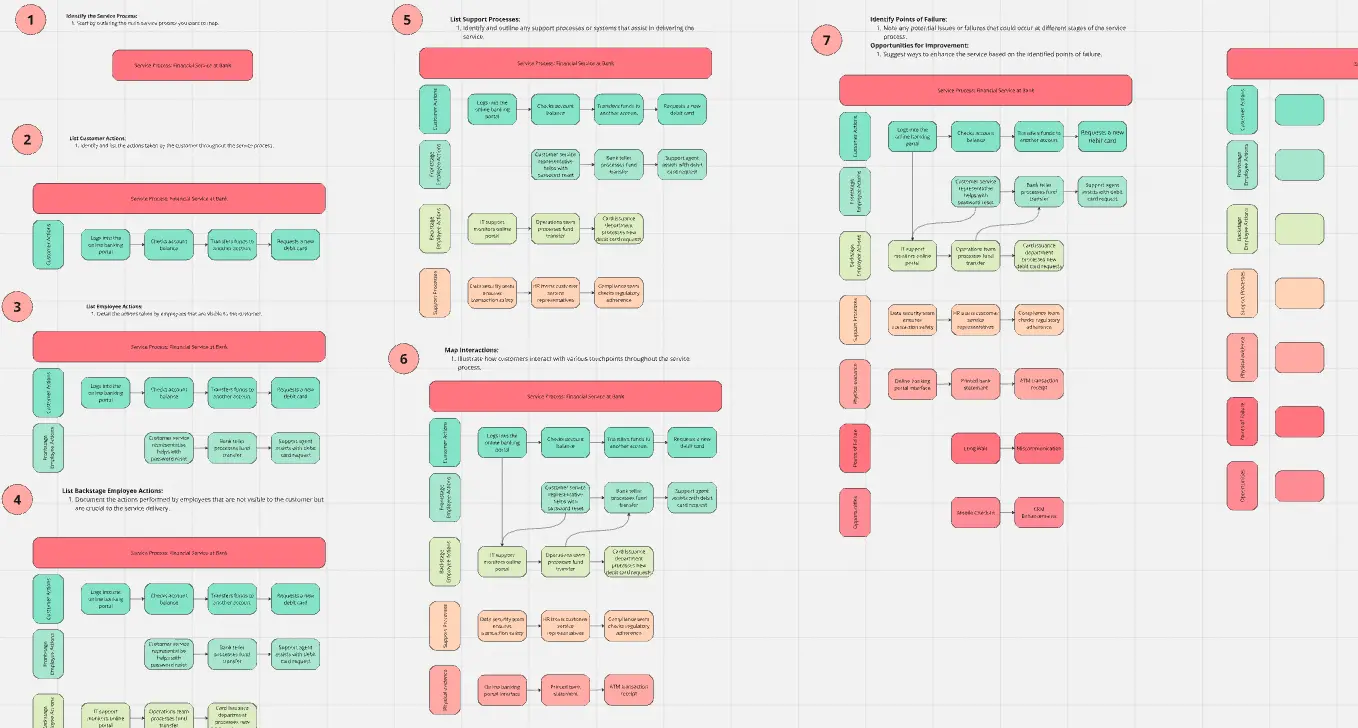
Fast Launch Online - Business Blueprint
29 likes55 uses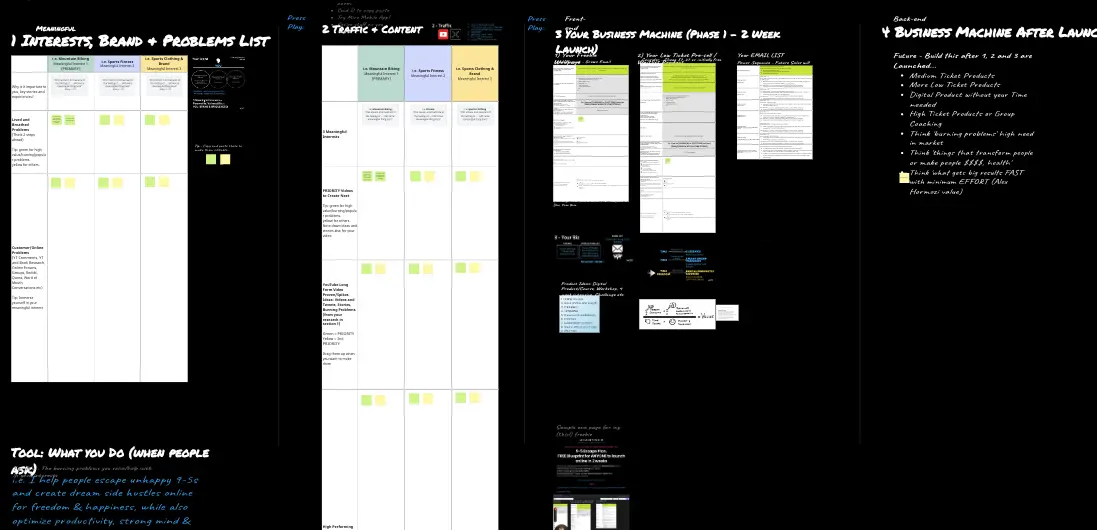
Service Blueprint
9 likes55 uses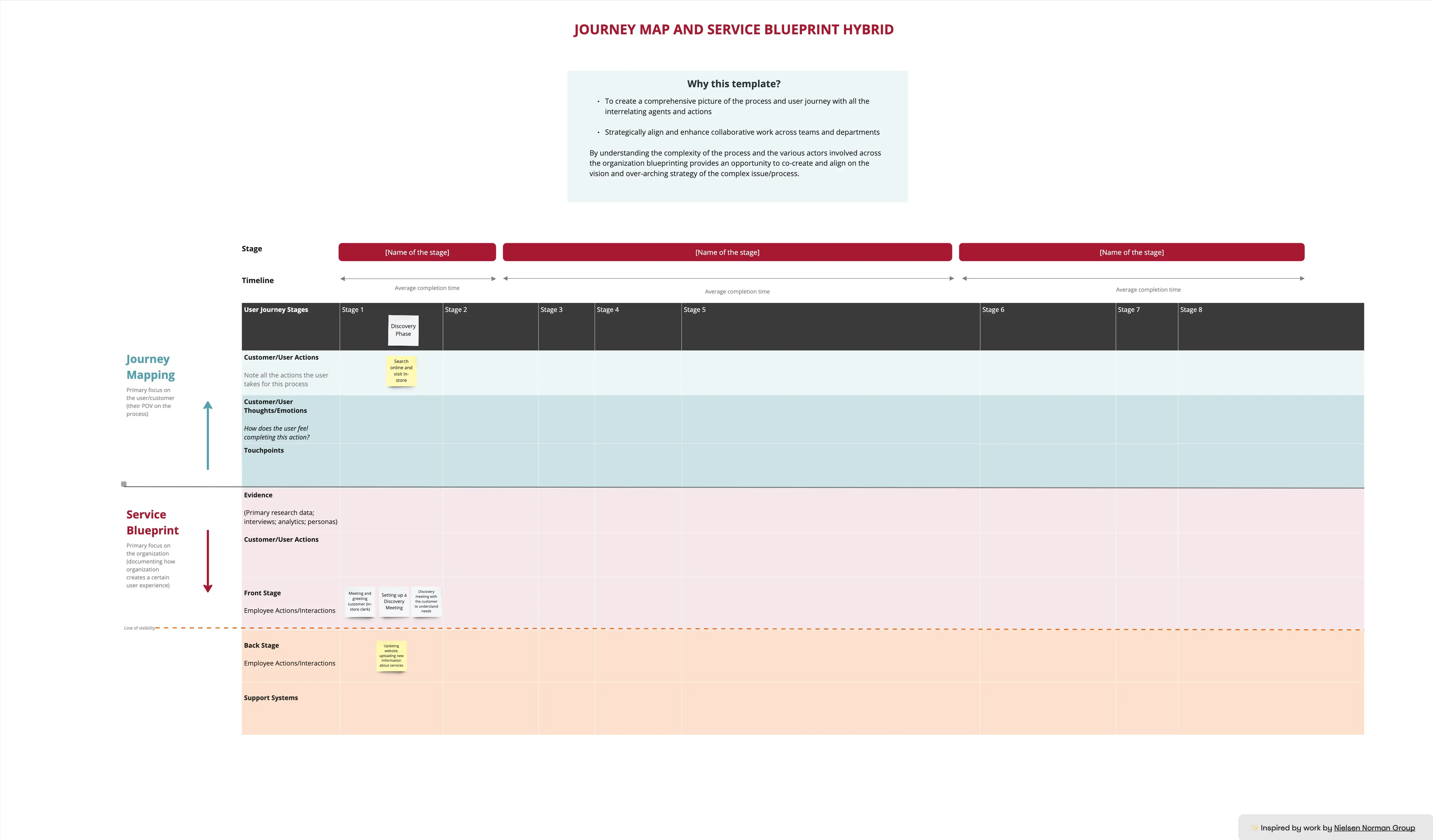
Service Blueprint
10 likes52 uses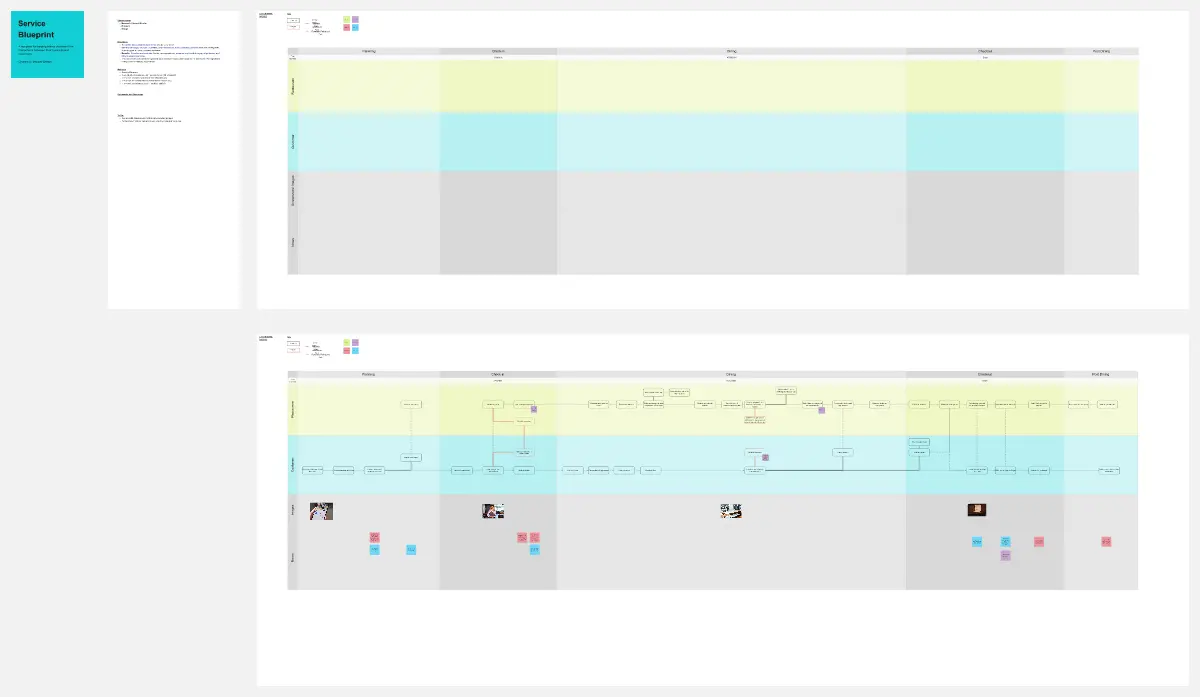
Strategy Blueprint by InGAME
18 likes49 uses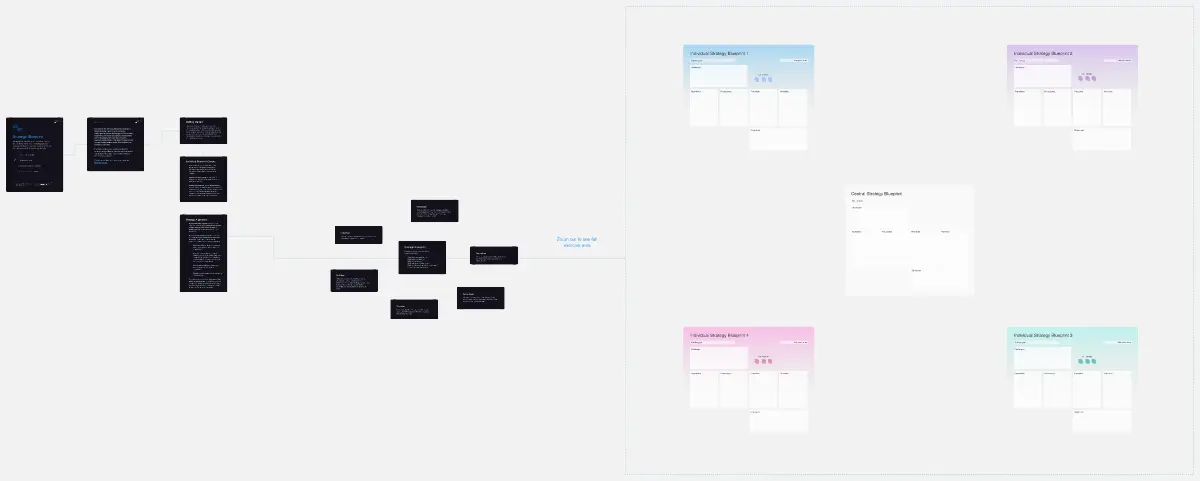
Service Blueprint for Hospitality
10 likes49 uses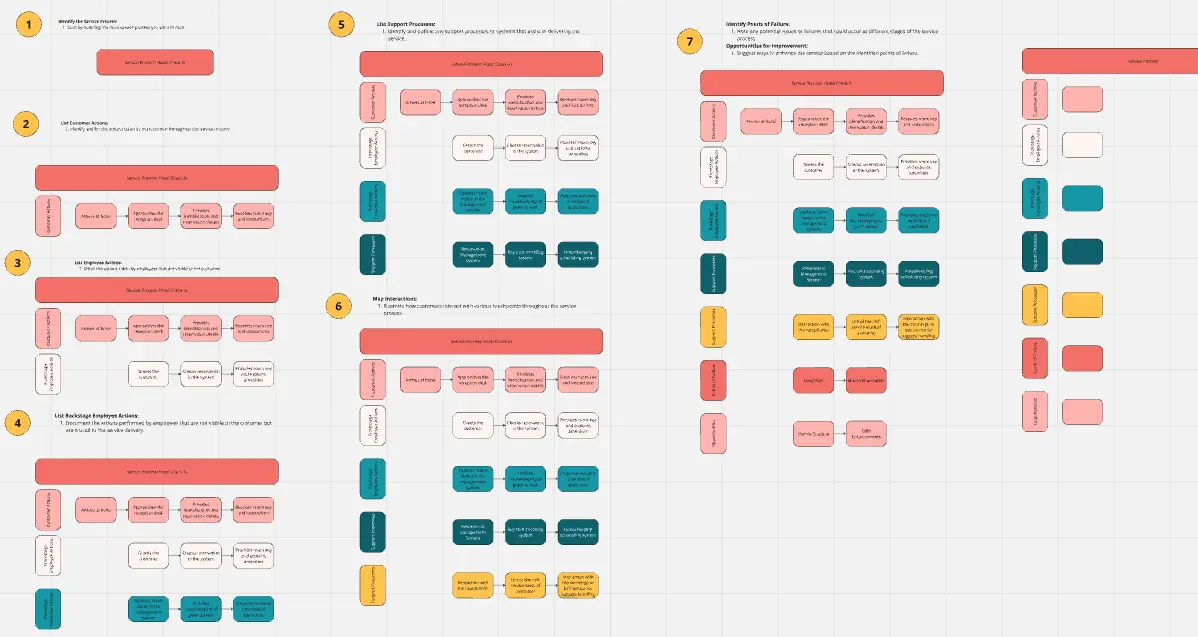
Service Blueprint
10 likes44 uses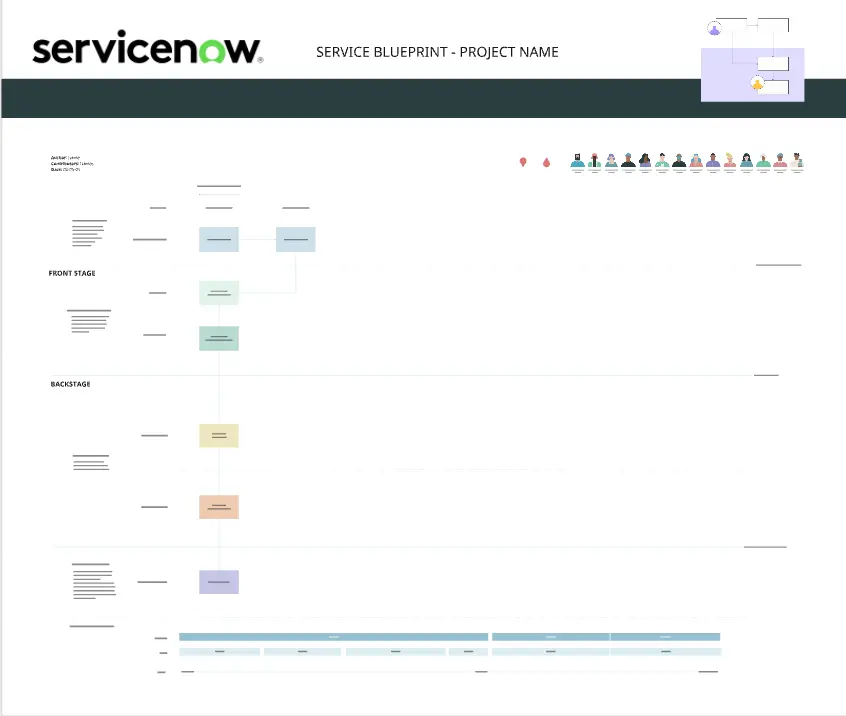
Service Blueprint for Customer Support
7 likes44 uses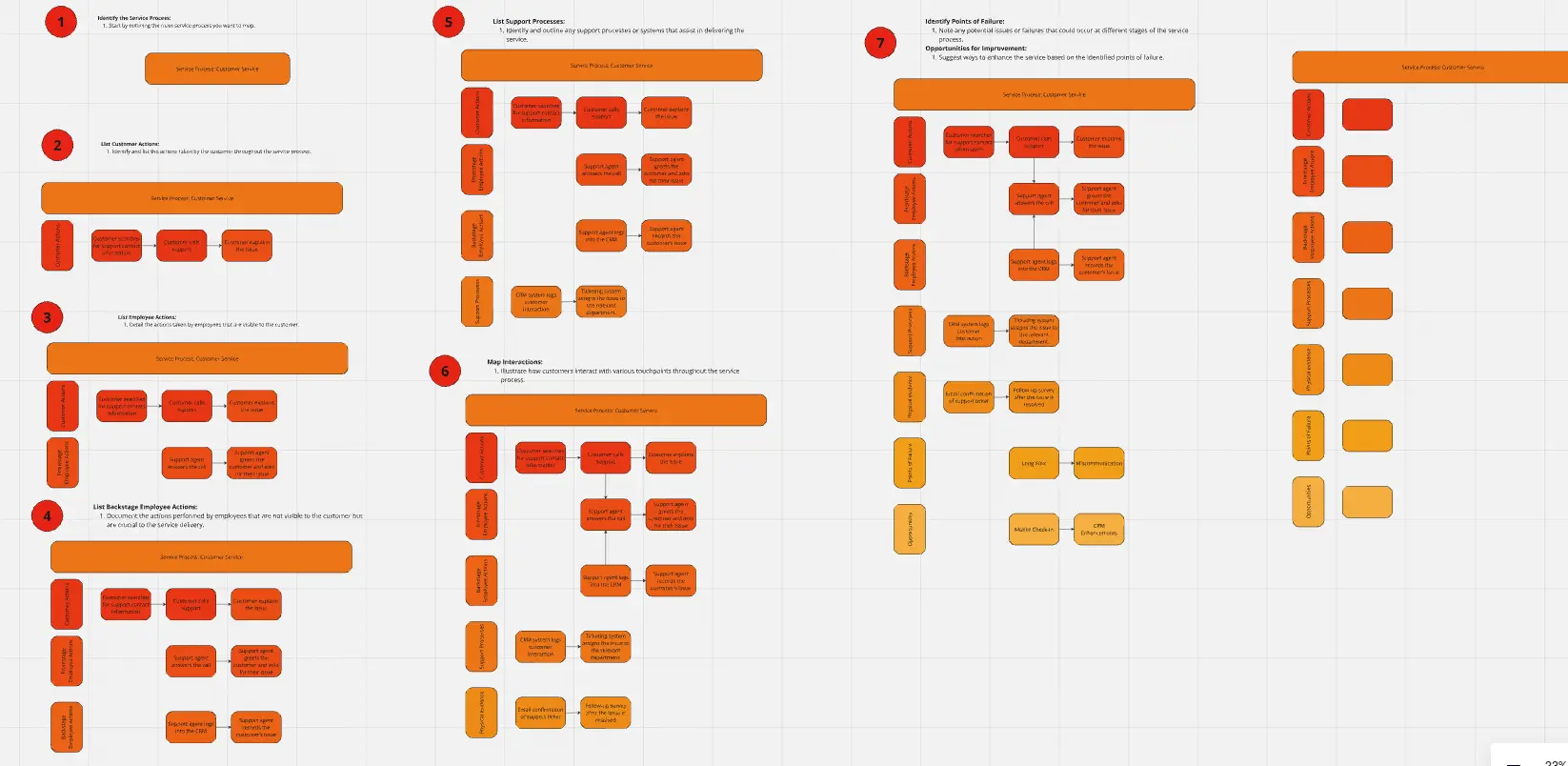
Basic Service Blueprint
11 likes40 uses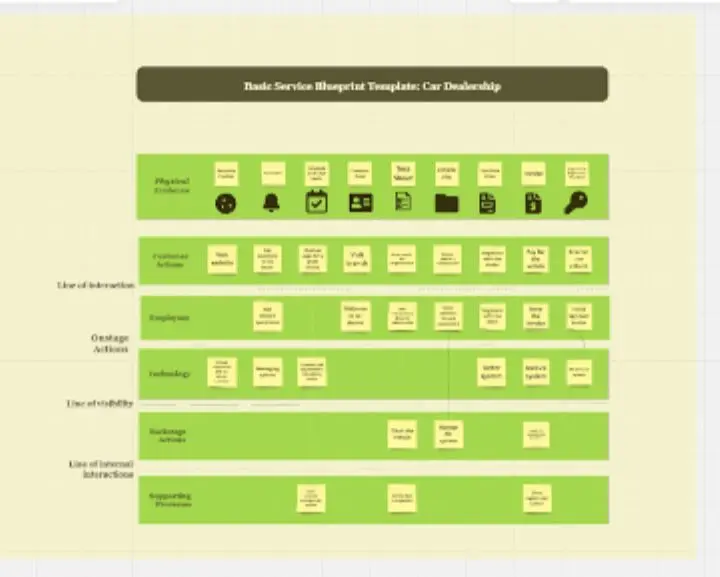
Explore more
5 Whys TemplatesBrandingCanvas TemplatesCustomer Journey MapDesignDocumentationEmpathy MapFMEA Analysis TemplatesHuman-Centered DesignMarketing Brief TemplatesPersona TemplatesPosition Statement TemplatesRACI chart templatesRaid Log templatesMarket ResearchRoot Cause Analysis TemplatesStoryboardUIUX
